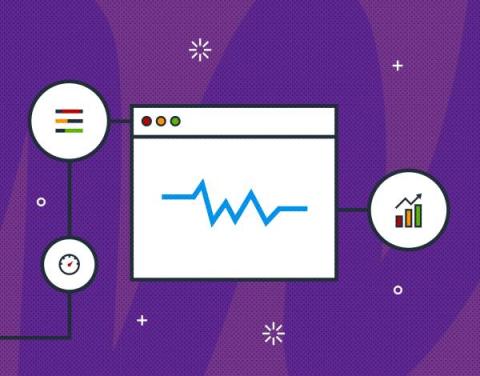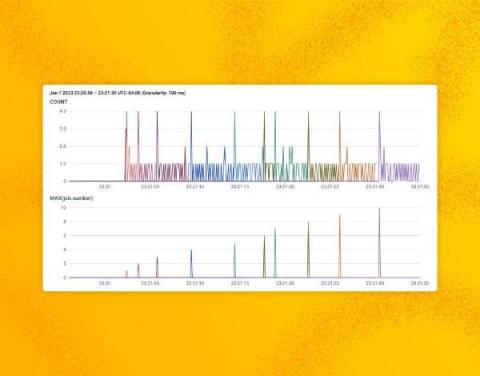Incident Management Steps and Best Practices
According to the Uptime Institute’s 2022 Outage Analysis report, one out of every five companies has experienced a “serious” or “severe” incident over the past three years—a percentage that’s increasing. Those incidents are expensive: over 60% cost more than $100,000, while 15% set their companies back close to $1 million.











